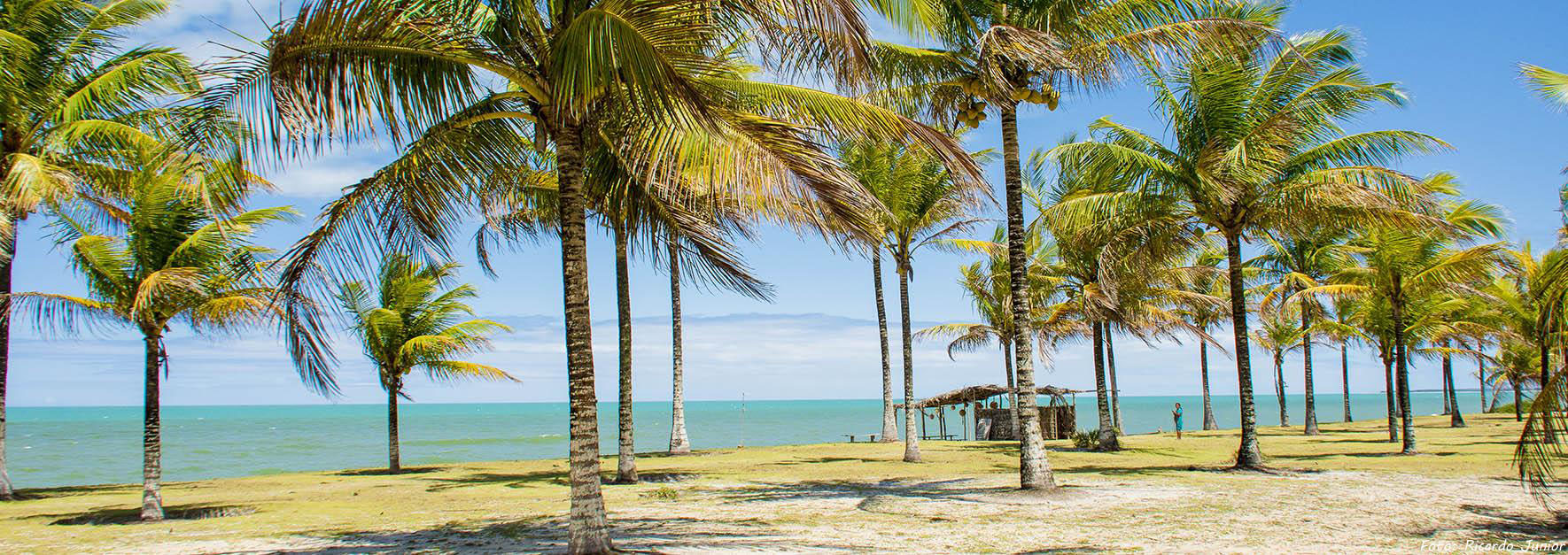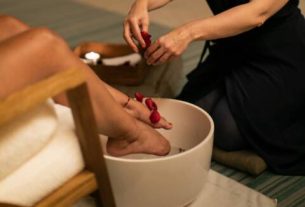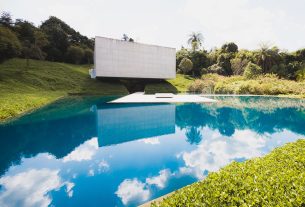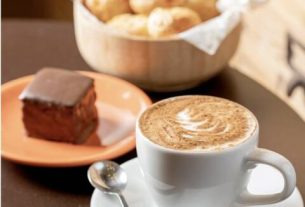On this page, you will find:
See too:
With sandy streets and prohibited car traffic, the small village of Caraíva is considered a find of nature and one of the most beautiful in Bahia. A few years ago, there wasn’t even electricity in the region, which ran on kerosene-powered generators. After almost a decade of residents’ demands, energy actually arrived in 2008 at residents’ homes (but not on the streets) through underground cables (since poles could ruin the city’s village look), but this did not change the habits of natives who live as if they were frozen in time.
The beauty of the place also remained intact, so much restriction resulted in a rustic landscape permeated by beautiful deserted beaches perfect for diving and contemplation. South of Porto Seguro, your arrival is possible via a canoe trip on the Caraíva River.
It is on the riverbank that most of the restaurants are concentrated, offering good views and guaranteed food. Whether day or night, the dishes are prepared with care by local chefs and at night the atmosphere takes on lively tones with the sound of forró, MPB or reggae. Outside of the season, traveling to Caraíva is synonymous with the desert with restaurants and beaches that can be handpicked. During the season, some people from surrounding cities and some tourists explore the region, but it is still far from being compared to the big cities. Bahians.
Remember to pack flashlights to walk through the alleys at night, flip-flops to walk through the sand that invades the entire village and get rid of prejudices to immerse yourself in the village’s customs.
Practicing tubing is one of the adventures found in Caraíva. The float ride down the Caraíva River guarantees a good dose of excitement for tourists. Nearby there is also the Pataxó Village in Barra Velha, where there is a village that produces beautiful handicrafts. The eye-popping blue Caribbean beaches are one of the highlights of the region.
The sand that almost enters the natural pools is perfect for spreading out a sarong or setting out a chair and sunbathing with your feet in the water. Nightlife is among the options in the village, which has forró and MPB in the bars as a meeting point and also some luaus on the beach in high season.
Pataxó Crafts
The regional handicrafts produced by the Indians of Aldeia Pataxó in Barra Velha are sold in workshops, beaches and around Barra Velha. The care taken in woodwork, seeds and paintings are true works of art that reflect the strength of Bahia’s cultural legacy.
The highlights of indigenous crafts are: beaded jewelry, seed necklaces, wooden decorative objects, miniatures of rustic houses, furniture, clothing, lamps, accessories and paintings with themes that portray the village and exalt local customs through the reproduction of little houses, boats and the landscape surrounded by greenery and the mouth of the river.Visiting the beaches of Caraíva should be every human’s dream. This is because the small village has those much-envied blue waters that combine perfectly with the wide strip of soft sand, the sun overhead that becomes even more beautiful at dusk and the reddish cliffs.
Caraíva Beach
With a blue sea reminiscent of Caribbean beaches, this beach is a reference in coastal beauty. At certain times the color becomes darker when it meets the river mouth. It houses a 2 km strip of sand, its calm waters are perfect for sailing sports. At night, the surroundings are lively with bars and inns.
Barra Velha Beach
Here the river meets the sea, which allows for a relaxing swim in the cove with weak waves. In the distance you can see the colorful fishing boats in Aldeia Pataxó. You can get here by buggy or on foot from Caraíva beach.
Satu Beach
It is on the left side of Caraíva beach, has two freshwater lagoons, red cliffs and is surrounded by coconut trees. Arrival is by boat on the river and then on foot for 40 minutes along the coast.
Juacema Beach
This beach has calm waters with reefs that form swimming pools. Access is from Praia do Satu, after half an hour’s walk.
Float on the Caraíva River
After a 20-minute boat ride, you will reach the ideal point for floating down the Caraíva River. This different ride in a tire tube lasts an hour and a half of great excitement. At low tide, buoys are tied to boats that transport adventurers faster across the mouth.
In winter it usually rains in the Caraíva region, especially June and July.
Therefore, choose to travel in the summer as, despite being high season, prices are not very high and the beaches are still not very busy.
By airplane:
By air transport it is possible to disembark at Porto Seguro airport. From there, hire a van or rent a car to Caraíva.
By car:
From the south, follow the BR-101 until Itamaraju, then the village of Monte Pascoal and after 45 km on a dirt road until you reach Caraíva. From the north, also follow BR-101 to Eunápolis, then follow BR-367 to Trancoso and from there another 32 km to Caraíva.
By bus:
The companies Águia Branca and São Geraldo travel to the region.
In all options, when disembarking you need to take a ferry to cross the river to the village, as car traffic is prohibited in the city. It is possible to leave the car near the river.
Did you like it? Share this article with your friends!

Sign up for our newsletter and stay up to date with exclusive news
that can transform your routine!
Warning: Undefined array key "title" in /home/storelat/public_html/wp-content/plugins/link-whisper-premium/templates/frontend/related-posts.php on line 12
Warning: Undefined array key "title_tag" in /home/storelat/public_html/wp-content/plugins/link-whisper-premium/templates/frontend/related-posts.php on line 13




